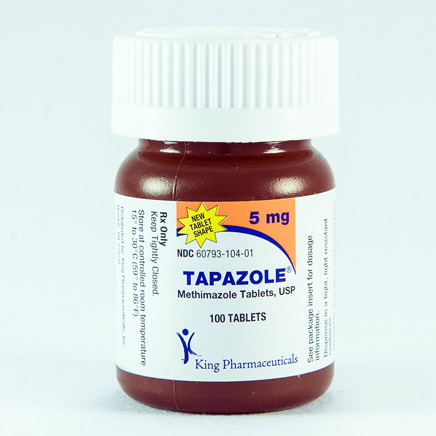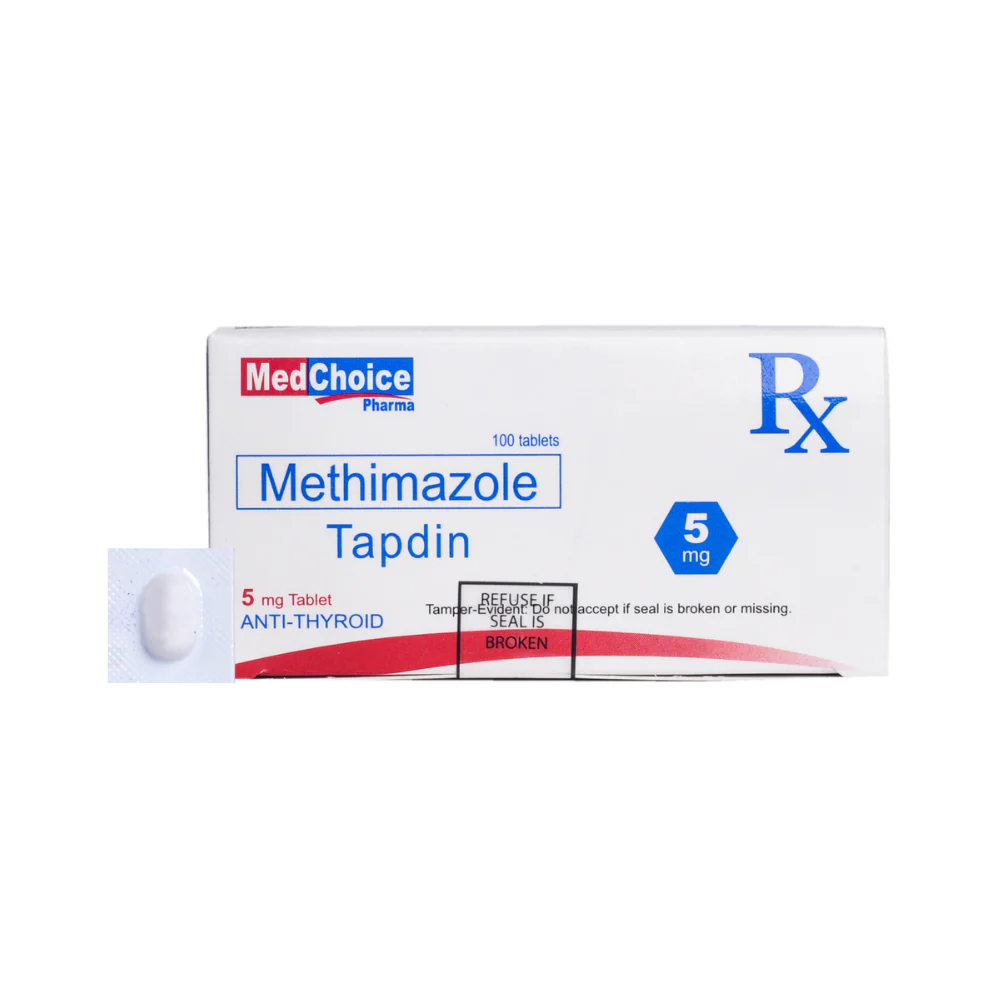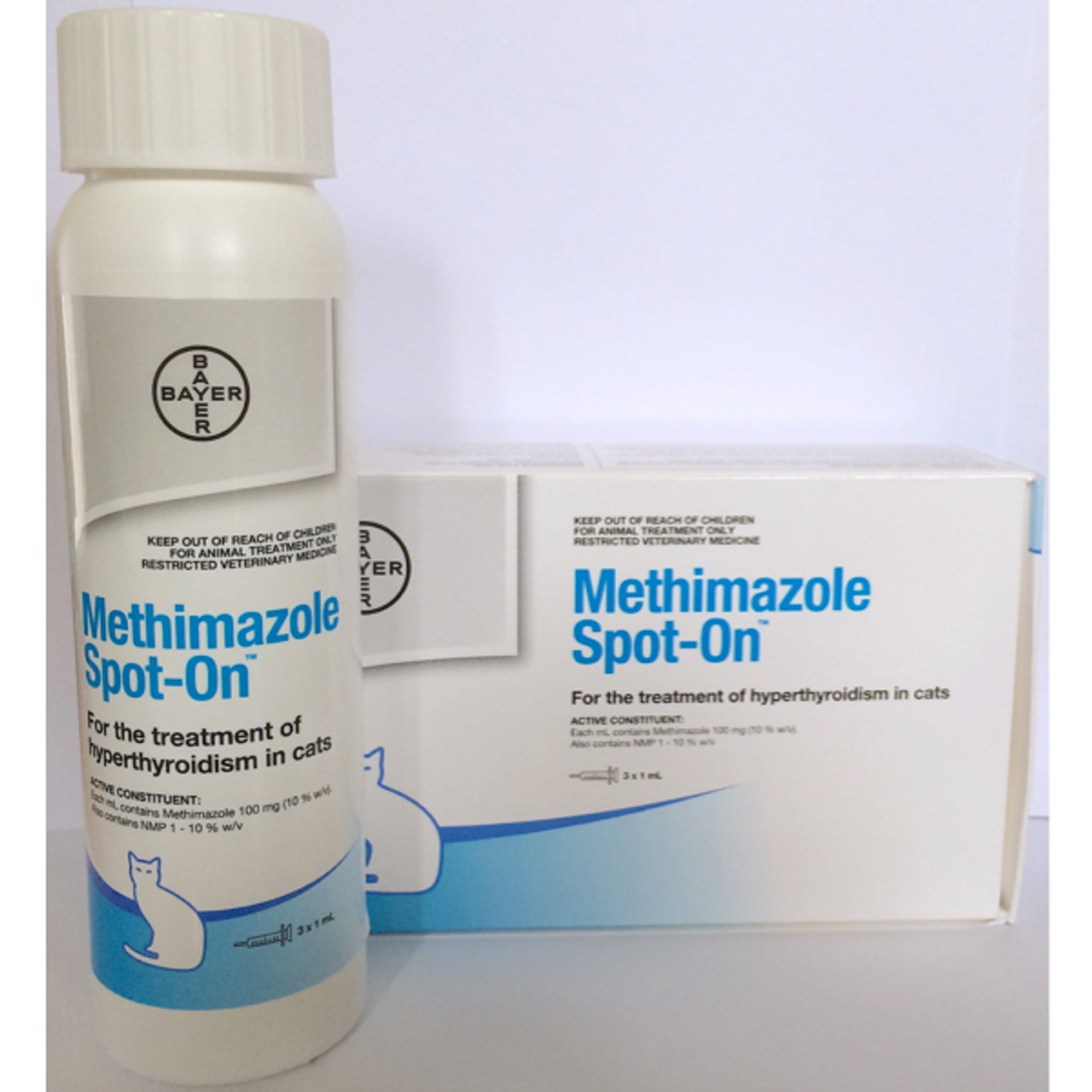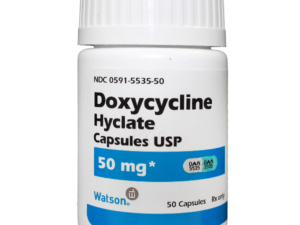Description
Title: Methimazole: A Comprehensive and Unbiased Analysis
Introduction
Methimazole, a thionamide antithyroid medication, is primarily used to manage hyperthyroidism, a condition characterized by an overproduction of thyroid hormones. This article aims to provide a balanced and comprehensive overview of Methimazole, shedding light on its mechanism of action, uses, side effects, and potential interactions.
Mechanism of Action
Methimazole works by inhibiting the enzyme thyroperoxidase, which is crucial for the production of thyroid hormones, specifically thyroxine (T4) and triiodothyronine (T3). By blocking this enzyme, Methimazole reduces the synthesis of thyroid hormones, thereby helping to control hyperthyroidism.
Uses
Methimazole is primarily used to treat hyperthyroidism caused by Graves’ disease, toxic adenoma, and Plummer’s disease. It may also be used preoperatively to manage thyroid function before thyroidectomy or radioactive iodine therapy. Furthermore, Methimazole can be employed to manage hyperthyroidism in pregnant women, as it is considered safer for the fetus compared to radioactive iodine therapy or surgery. *
Side Effects
Like any medication, Methimazole can cause side effects. Common side effects include:
- Nausea and vomiting
- Skin rash or itching
- Hair loss
- Headache
- Dizziness
- Joint or muscle pain
- Changes in taste or smell
Serious side effects are rare but can occur. Seek medical attention immediately if you experience symptoms such as:
- Signs of liver problems, like jaundice (yellowing of the skin or eyes)
- Unusual bruising or bleeding
- Mouth sores
- Muscle weakness
- Swelling in the neck or throat
- Fever, chills, or sore throat
- Severe skin rash or blistering
Potential Interactions
Methimazole can interact with other medications, including:
- Warfarin: Methimazole can increase the effects of warfarin, leading to an increased risk of bleeding.
- Theophylline: Methimazole can decrease the metabolism of theophylline, increasing its levels in the body and potentially causing toxicity.
- Digoxin: Methimazole can increase digoxin levels, which may require dose adjustments.
- Beta-blockers: Methimazole can be used in combination with beta-blockers to manage symptoms of hyperthyroidism. However, this combination may mask signs of hypoglycemia or hyperthyroidism.
Conclusion
Methimazole is a valuable tool in managing hyperthyroidism, offering a safer alternative for pregnant women and those who cannot undergo surgery or radioactive iodine therapy. Like any medication, it has potential side effects and interactions that must be carefully considered and managed. By understanding its mechanism of action, uses, side effects, and potential interactions, healthcare providers and patients can make informed decisions regarding its use. As always, consult with a healthcare provider before starting or altering any medication regimen.
















Reviews
There are no reviews yet.